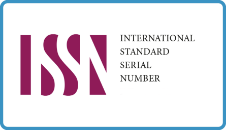Peran Metode Kontekstual untuk Meningkatkan Pemahaman Materi Mata Pelajaran Pendidikan Agama Buddha pada Siswa
DOI:
https://doi.org/10.69607/jm.v4i2.82Keywords:
contextual teaching, learning, studentAbstract
Based on observations, there has not been much research on the role of the Contextual Method to increase students' understanding of the subject matter of Buddhist Religious Education. Even though the research mentioned above must be carried out to reveal information related to the role of the Contextual Method to increase students' understanding of the subject matter of Buddhist Religion Education. Based on these observations, research will be carried out on the role of the Contextual Method to increase students' understanding of the subject matter of Buddhist Religious Education. This study uses a qualitative method with a type of literature study. The results of this study are the role of the Contextual Method which is able to increase students' understanding of Buddhist Education subjects because the use of the Contextual Method can make students connect their subject matter with their daily lives and because their understanding increases, students can easily understand their lessons in class or at school. school. Then, when students understand the subject of Buddhist Education, it will make it easier for students to do the exercises given by the teacher in class. Then, understanding the subject matter by students will make students able to easily answer homework or homework given by the teacher. Furthermore, understanding the material by students can make students able to easily work on exams carried out by their teachers in class or at school.










